Sylvia Plath:
Evie Shockley:
Adam Zagajewski (tr. from Polish by Clare Cavanagh):
The Sharpener is a reader-supported newsletter. If you get value from these newsletters and want to support my work I encourage you to take out a paid subscription.
Ad Reinhardt, Abstract Painting, 1963, oil on canvas, 60" x 60"
There is a black which is old and a black which is fresh. Lustrous black and dull black, black in sunlight and black in shadow.... a pure, abstract, non-objective, timeless, spaceless, changeless, relationless, disinterested painting—an object that is self-conscious (no unconsciousness), ideal, transcendent, aware of no thing but art.
Wallace Stevens:
Nina Simone, “Black is the Color of My True Love’s Hair,” rec. 1959:
About Sean Singer
Sean Singer Editorial Services
Subscribe to The Sharpener
The paid-subscriber version of The Sharpener includes weekly installments of craft pieces, approaches to writing problems, topics in contemporary publishing for writers, and biographical features on poets I consider important.




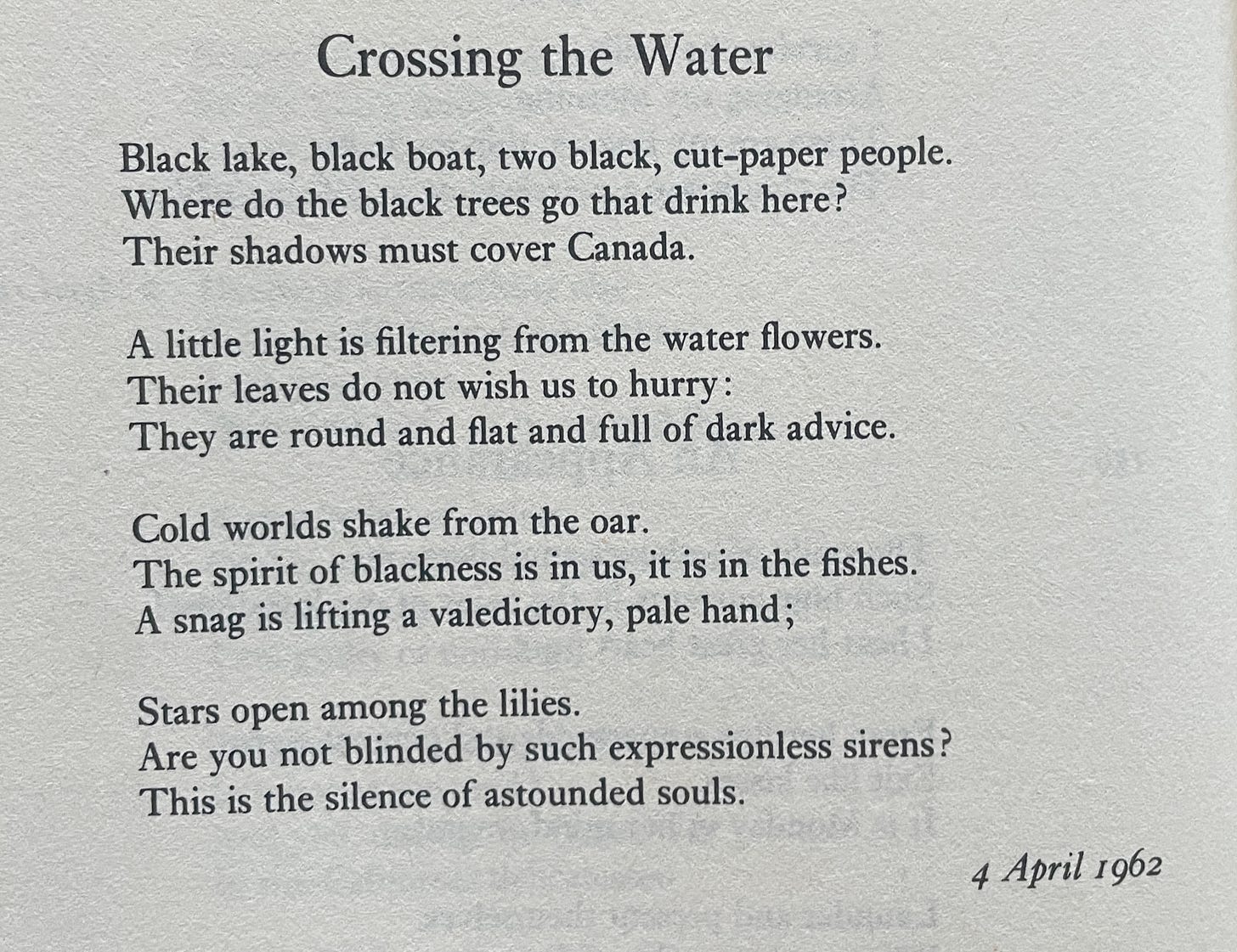
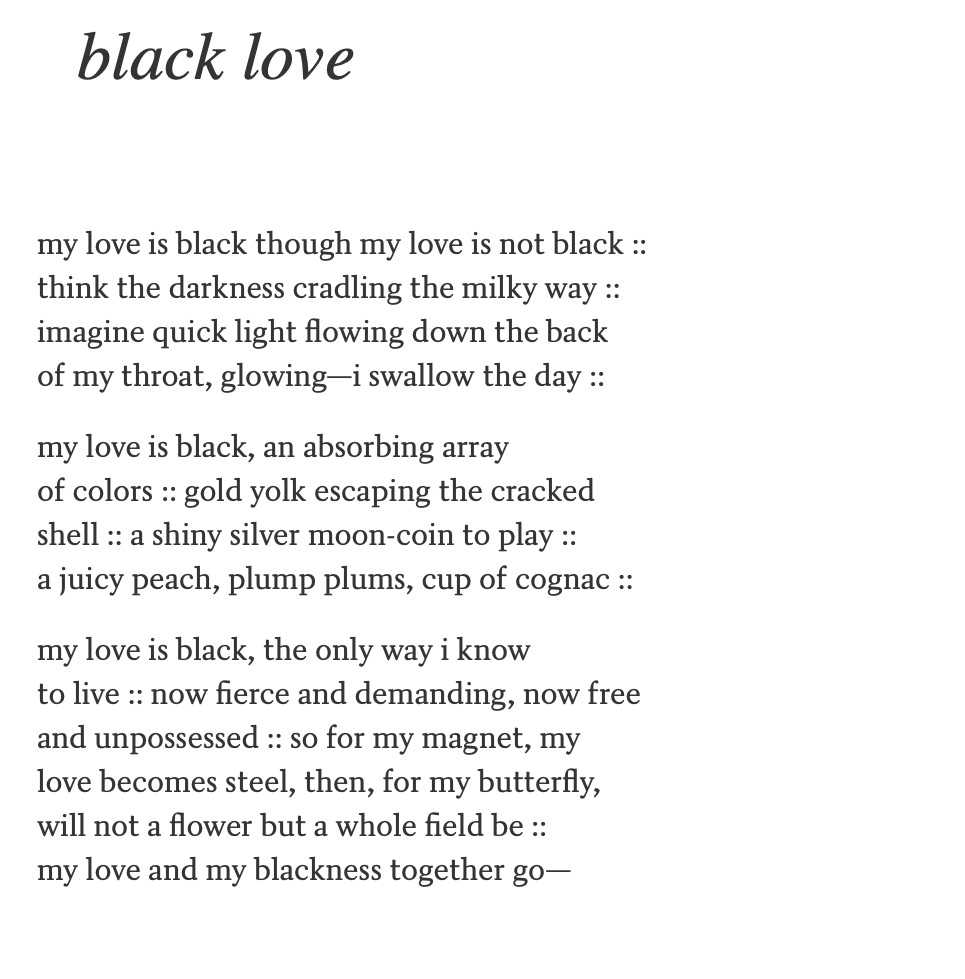
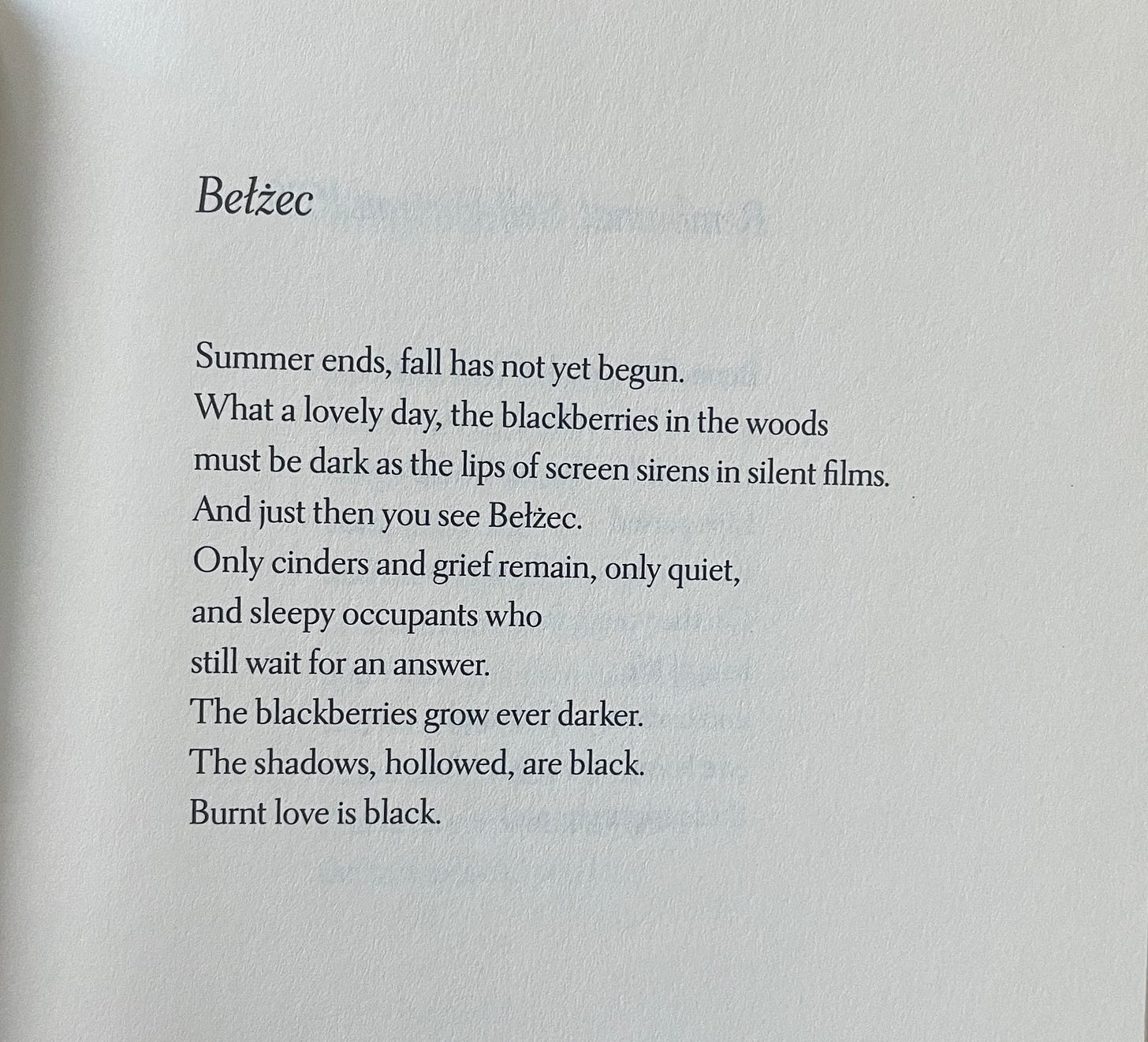

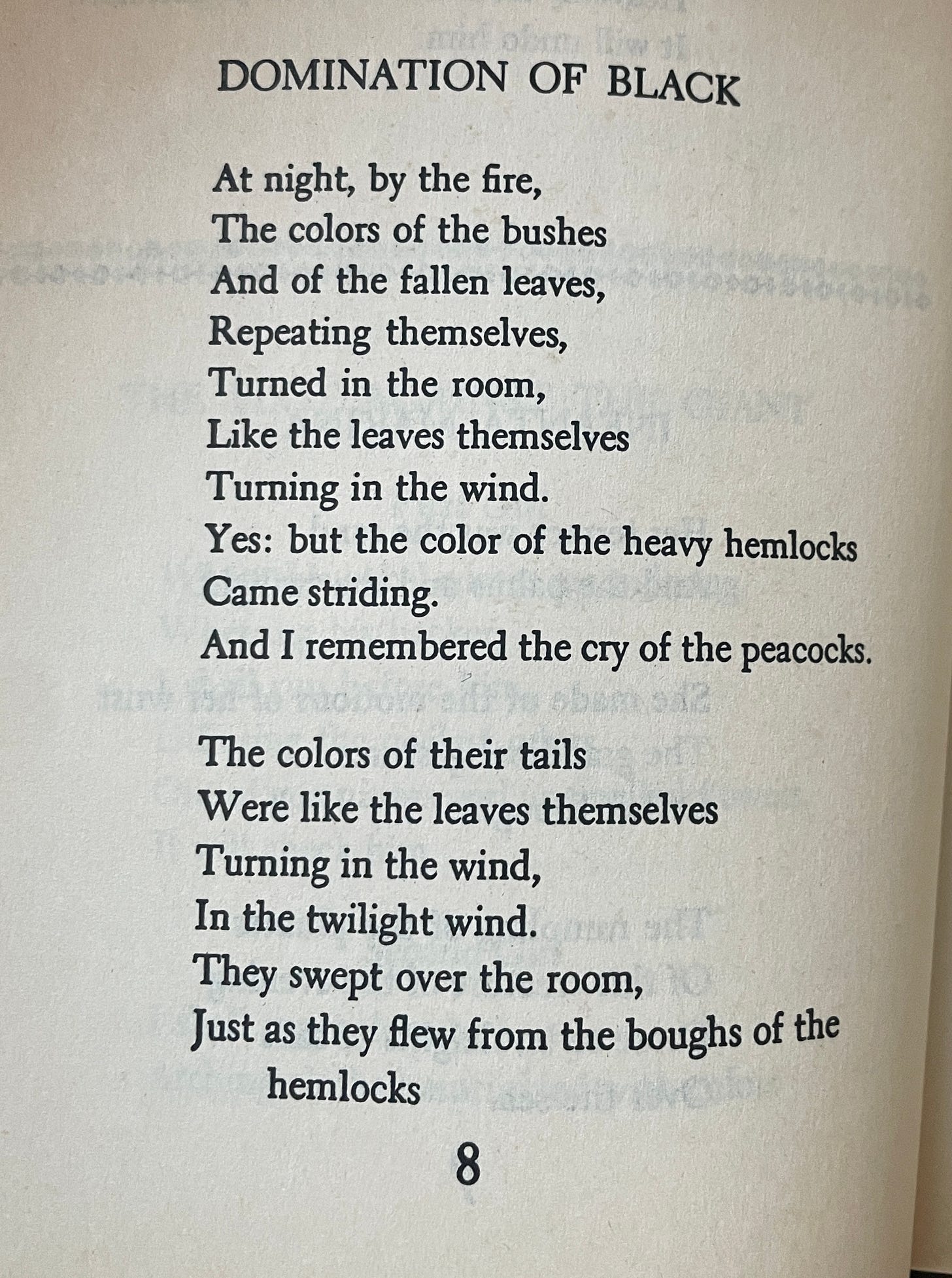
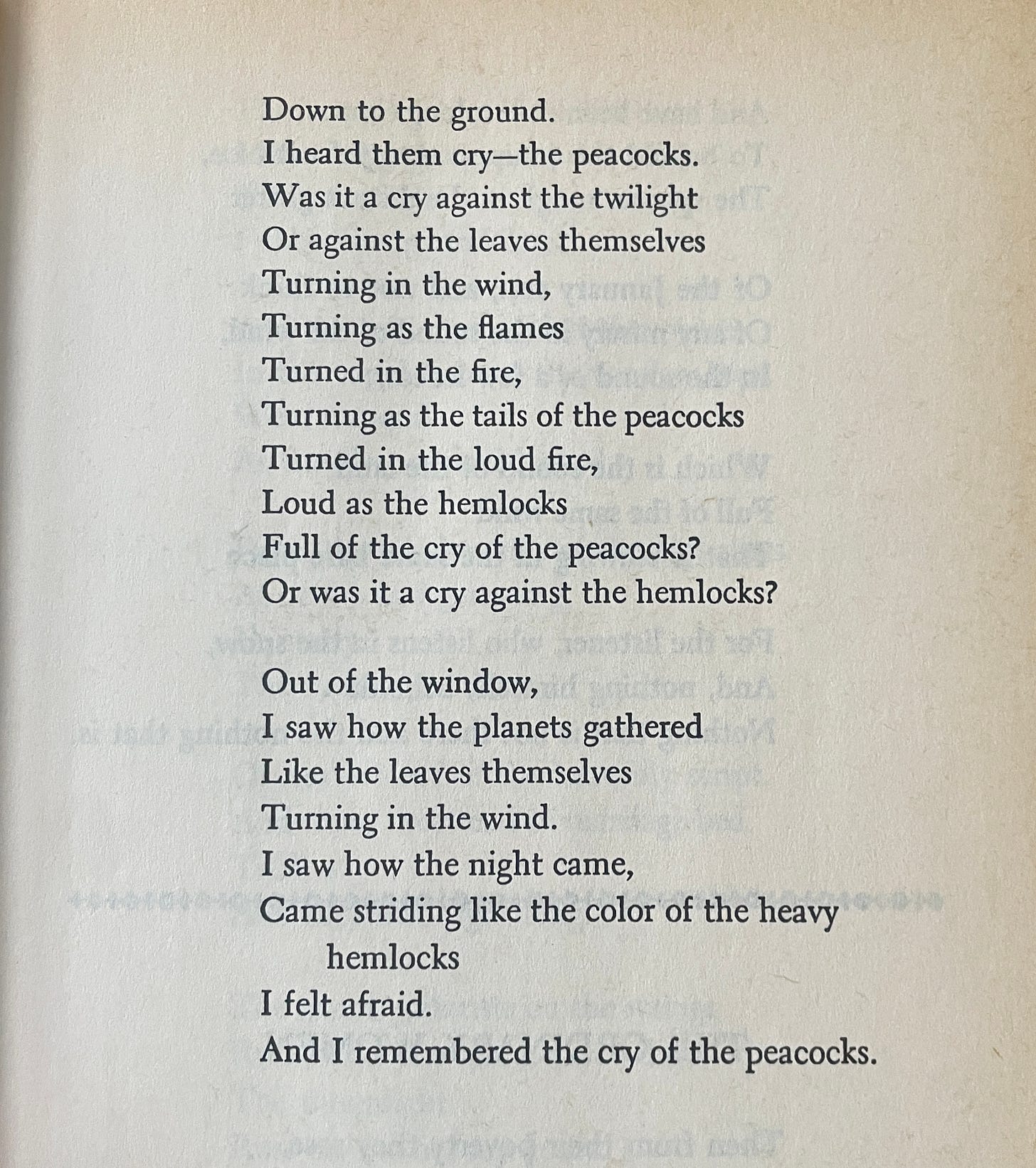
Plath--I love the sounds in the line with fishes. & now I’m wondering when I feel astounded/about what.
Zagajewski--I love how much is said about lips on one line.
Reinhardt--I am in awe and love with text and artwork. It also reminds me of the “Bla Bla Bla” blue painting you’ve referenced elsewhere and Hall’s “Nothing” sonnet.
Stevens--for images in the set the peacock stood out the most to me with the contrast of “black.” I find it interesting that when the speaker moves from ground continually further onto the universe that fear builds. I’m thinking the fear is the vastness.